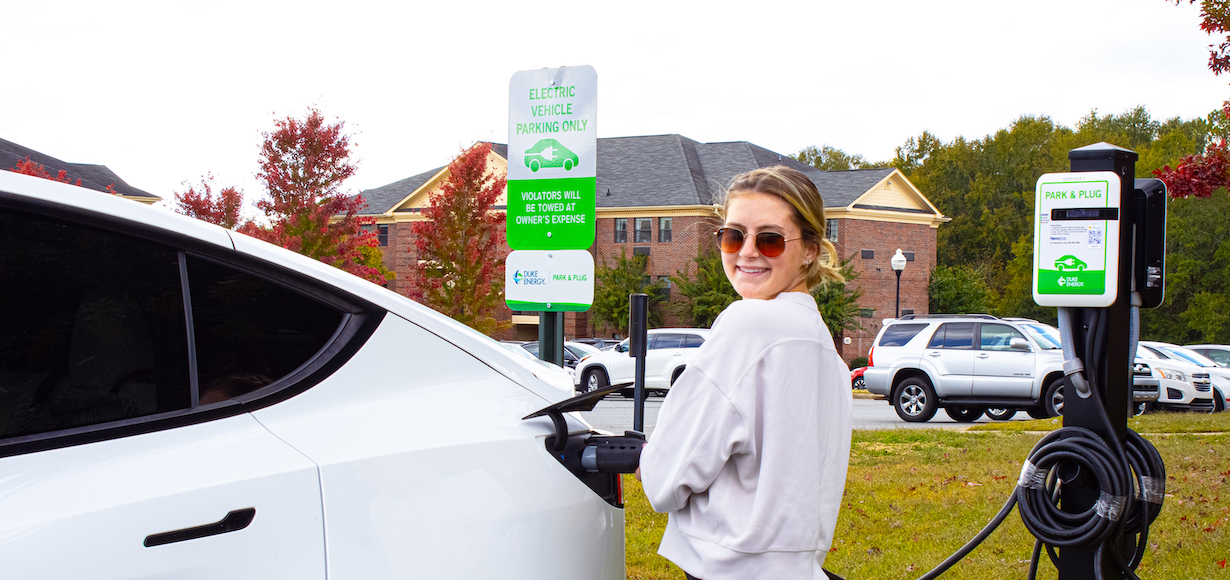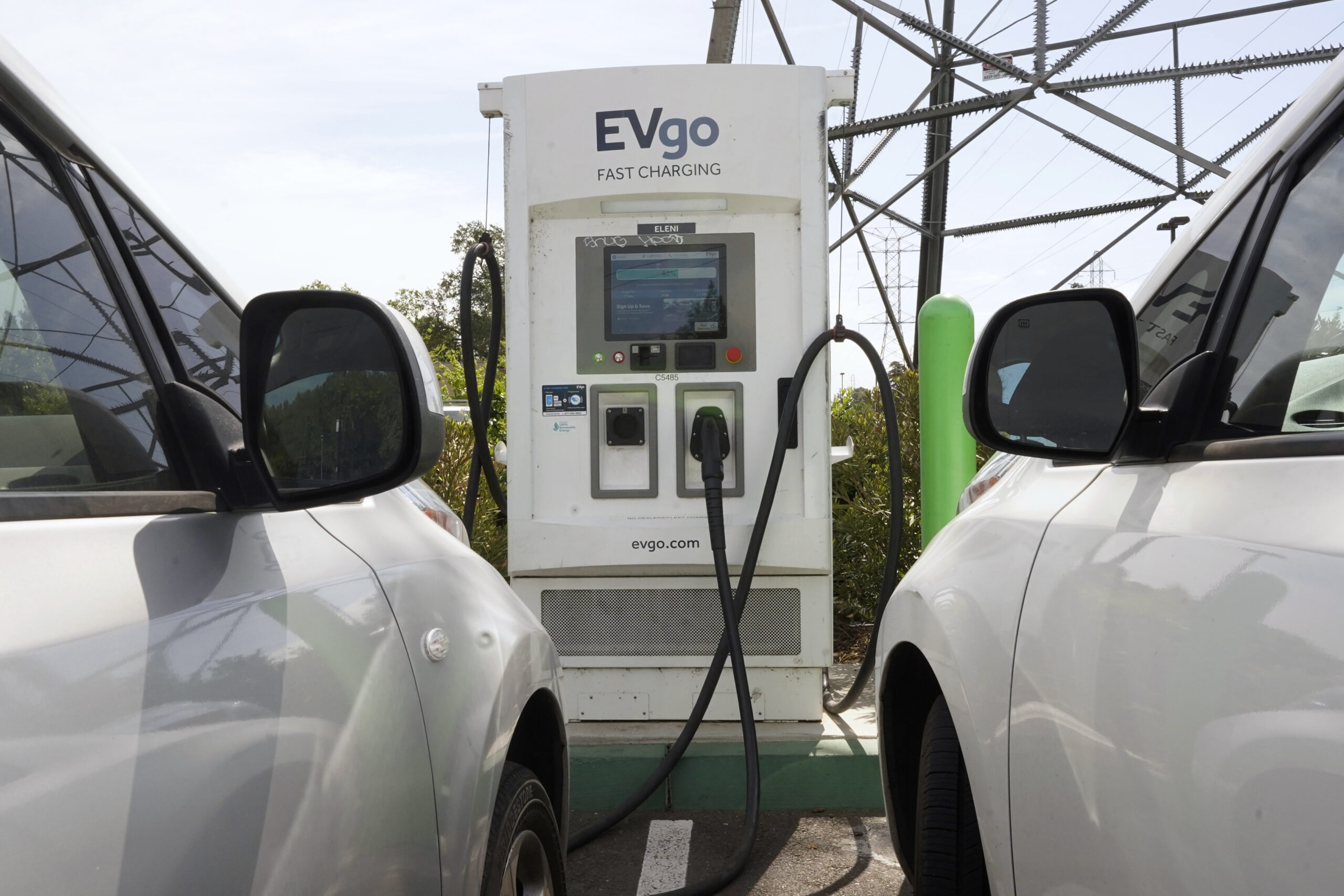What’s Driving the Growth of EV Infrastructure? Buy EV Charging news for Key Updates
What’s Driving the Growth of EV Infrastructure? Buy EV Charging news for Key Updates
Blog Article
Leading EV Charging News: Trick Updates on Framework and Technology

Current Innovations in Fast-Charging Innovation

Furthermore, innovations in battery modern technology, consisting of improved thermal administration systems and higher power thickness batteries, complement fast-charging abilities. These developments minimize the danger of battery degradation during fast charging, guaranteeing long life and performance for EV owners.
Furthermore, the combination of smart charging remedies is boosting individual experience, making it possible for real-time monitoring and vibrant prices designs. EV Charging news. This flexibility allows drivers to maximize billing expenses and times based on grid need
As car manufacturers remain to spend in fast-charging networks, the cooperation between market stakeholders is essential. Collaborations in between billing terminal carriers and automobile manufacturers are leading the way for substantial insurance coverage, eventually promoting a much more durable EV environment. These improvements are essential in sustaining the change to sustainable transport.
Federal Government Efforts for Billing Development
Government efforts play a crucial function in the development of electric automobile (EV) charging infrastructure, facilitating the change to sustainable transportation. Different government and state programs are being applied to enhance billing access, lower the economic burden on consumers, and advertise the adoption of electrical cars.
Significantly, the U.S. government has allocated significant funding through the Facilities Investment and Jobs Act, which earmarks $7.5 billion for EV billing network development across the nation. This financing is targeted at deploying thousands of new charging stations, especially in underserved areas, consequently attending to array anxiety among potential EV customers.
Furthermore, numerous states are establishing legislation to simplify the allowing procedure for charging station installments, which is important for speeding up deployment. Rewards such as tax credit scores and refunds for both consumers and businesses are likewise being introduced to encourage the installation of charging framework.
Additionally, public-private partnerships are significantly becoming an emphasis, leveraging personal investment to match federal government funding. These initiatives highlight a collaborative approach important for building a thorough and efficient EV billing network, ultimately adding to a greener and even more sustainable future.
Ingenious Battery Solutions Enhancing Performance
Changing the landscape of electric lorry (EV) technology, innovative battery services are dramatically enhancing effectiveness and performance. Advances in battery chemistry, specifically with lithium-sulfur and solid-state batteries, are resulting in boosted power density, which enables longer arrays and faster billing times. These brand-new battery kinds have website here the prospective to surpass typical lithium-ion batteries by offering greater capacities while decreasing weight, consequently enhancing general car efficiency.
Furthermore, developments in battery monitoring systems (BMS) are optimizing power use and expanding battery lifespan. Intelligent formulas monitor battery wellness and performance, enabling real-time adjustments to charging and discharging processes. This not just improves the effectiveness of the battery however likewise guarantees an extra reputable and lasting energy source for EVs.
Moreover, the assimilation of recycling modern technologies is resolving the environmental effect of battery production and disposal. Innovations in second-life applications for EV batteries are facilitating their usage in energy storage space systems, adding to a circular economic situation.
As these ingenious battery solutions remain to progress, they assure to transform the EV market, making electric vehicles extra easily accessible and enticing to a wider target market while supporting global sustainability objectives.
Partnership Between Automakers and Charging Networks
Identifying the crucial requirement for a robust charging infrastructure, automakers are increasingly collaborating with charging network companies to enhance the EV possession experience (EV Charging news). These collaborations intend to produce a seamless charging ecosystem that benefits customers and supports the shift to electrical automobiles
Major auto brands are joining pressures with established charging networks to increase their billing terminal insurance coverage, making sure motorists have accessibility to hassle-free and trustworthy billing options. Partnerships with networks like ChargePoint and Electrify America permit automakers to incorporate billing remedies directly right into their lorries' navigating systems, guiding customers to the nearby stations and giving real-time schedule updates.
In addition, these partnerships typically result in the growth of fast-charging modern technologies that significantly minimize the time needed to reenergize an EV. By merging sources and know-how, automakers and billing networks can introduce quicker, producing options that meet the growing demand for electric movement.
On top of that, joint efforts may likewise bring about even more standard charging procedures, which can relieve consumer confusion and promote more comprehensive EV adoption. Generally, these strategic partnerships are pivotal in constructing a effective and straightforward billing facilities that satisfies the demands of an expanding electric lorry market.
Obstacles Encountering EV Billing Infrastructure
As the electrical car market remains to grow, a number of difficulties are emerging that prevent the advancement of a thorough billing framework. One of the key challenges is the insufficient variety of billing terminals, specifically in underserved and country city locations. This space produces variety stress and anxiety among prospective EV purchasers, preventing them from making the button.
In i thought about this addition, the absence of standardization in charging modern technology complicates the framework landscape. Variants in plug kinds and charging rates can create confusion for users and raise operational intricacies for charging network drivers. The combination of billing terminals into existing electrical grids positions substantial challenges. Lots of areas face capability limitations, needing considerable investments in grid upgrades to suit raised need.
Another pressing issue is the high price associated with the installation and upkeep of charging stations, which can be a barrier for both exclusive companies and public entities. Regulatory difficulties and zoning limitations can postpone the deployment of charging facilities, restraining development in broadening crucial solutions. Dealing with these challenges will be crucial for cultivating a robust EV community that sustains the transition to lasting transportation.
Verdict
In conclusion, the continuous improvements in EV billing modern technology, sustained additional hints by substantial federal government efforts and ingenious battery options, are important for the expansion and efficiency of electric vehicle infrastructure. Collaborations between automakers and billing providers further enhance terminal insurance coverage, resolving the expanding need for easily accessible charging choices. In spite of difficulties that linger within the EV billing landscape, these developments symbolize a positive trajectory in the direction of an extra lasting and effective electric automobile ecosystem.
Innovations in billing framework have led to the development of ultra-fast chargers capable of delivering up to 350 kW of power, substantially lowering billing times. Variants in plug types and billing rates can develop complication for customers and increase operational intricacies for charging network drivers.In conclusion, the continuous developments in EV charging technology, supported by considerable federal government initiatives and cutting-edge battery options, are critical for the expansion and efficiency of electrical vehicle infrastructure. Collaborations between automakers and charging service providers better boost terminal protection, resolving the growing need for easily accessible charging choices. Regardless of obstacles that persist within the EV charging landscape, these developments symbolize a positive trajectory towards an extra lasting and effective electric car environment.
Report this page